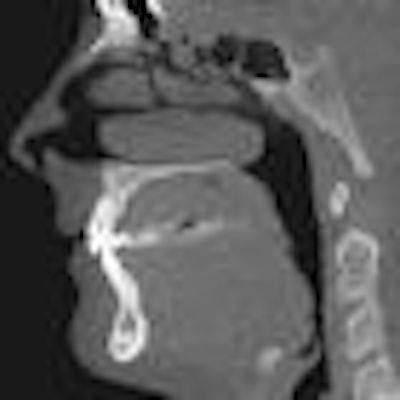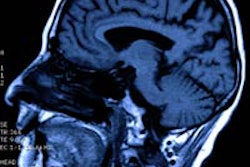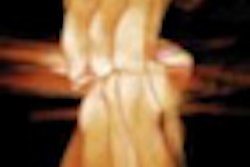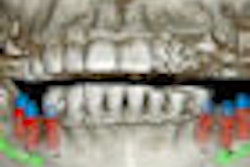
Patient age can play a role in the presence of artifacts due to movement during a dental cone-beam CT (CBCT) scan, according to a short communication in Dentomaxillofacial Radiology (February 2013, Vol. 42:2, 91866873).
Researchers from Glasgow Dental Hospital and School conducted an audit at the dental hospital to analyze how many scans showed signs of motion artifact. They also examined whether there was any correlation between patient age and movement artifacts.
"Our aims were to assess the number of patients who showed signs of movement artifact during CBCT acquisition and how many of these required retakes for diagnostic reasons," they wrote. "Our hypothesis was that patients at the extremes of age were more likely to move during scan acquisition."
The research team used Xoran i-CAT Classic software to analyze 200 randomly selected dental cone-beam CT scans in alphabetical order. They assessed the images in cross-sections at the coronal, sagittal, and axial views. Patient ages ranged from 8 years to 89 years. To reduce retakes during image acquisition, all patients were immobilized using a head strap.
'Movement unsharpness'
For this study, the researchers defined movement artifacts as "unsharpness or double contours of bony margins."
After analyzing the selected CBCT images, they found signs of movement artifacts in 9 scans from the 200 included in the study, although only 0.5% of the scans required a retake for diagnostic reasons. It is interesting to note, however, that these 9 scans were primarily in patients younger than 16 years of age and older than 65 years of age.
The researchers thus analyzed a second sampling of dental CBCT scans specific to these two age groups: 65 scans for those younger than age 16 and 37 for those older than 65. In this analysis, 7 patients younger than age 16 (10.7%) showed double bony contours, and 86% of these scans were in male patients. In the over-65 age group, they found that 8 patients moved (21.6%) and that 62.5% of them were female.
While some movement may not affect image quality, it can affect the spatial resolution, the researchers noted. They suggest using a removable chin rest and shorter acquisition times, although the latter can increase signal-to-noise ratio in the resulting images, they added.
" 'Movement unsharpness' is only one of the parameters involved in image degradation," the study authors wrote. "It is, however, one that can be minimized with attention to detail and good radiographic techniques."



















